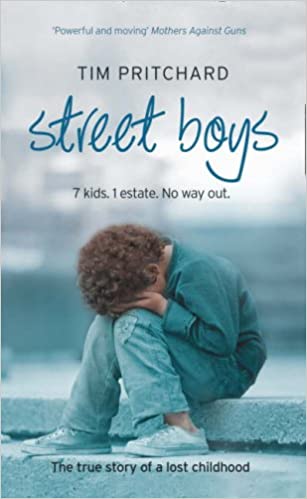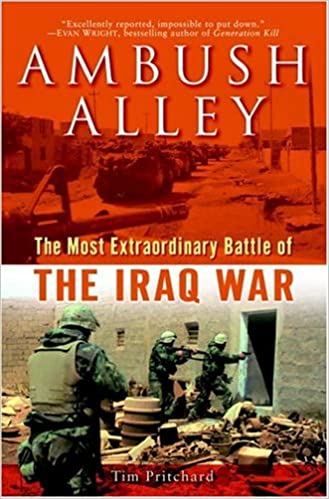Crimesnappers
SHOOTING THE CRIME
The Observer (2003)
Hidden away in an unremarkable tower block in an anonymous part of south London is an extraordinary secret storeroom. Inside, concealed in discreet brown folders and filed along rows upon rows of metal shelves are hundreds of thousands of photographs taken by the Metropolitan Police Photographic Branch. Marked only by a date and a crime number the photos record 100 years of the most infamous and the most humdrum of the capital’s murders, robberies, disasters and riots.
Almost 100 years ago to the day, the Home Office gave the Metropolitan Police a grant of 19 shillings and 10 and a halfpence to buy chemicals and equipment for a fledgling photographic unit. The department’s first camera was confiscated from a prisoner. A year later the first full time police photographer was appointed. His task was to produce “photographs of fugitives from justice, of articles of jewelry, documents, etc. required for use in the Criminal Investigation Department.”
Today, the branch employs 100 civilians, 80 of them professional photographers. Every year they attend some 17,000 crime scenes taking photographs of the aftermath of murder, mayhem and mischief. Their forensic function is a vital one. They record the scene where a crime has taken place so that detectives have a visual account of the incident that may be later produced in court.
Working from their discreet southeast London HQ, the Met’s photographers are on call 24 hours a day, 7 days a week travelling to and from crime scenes in small, unmarked white vans.
“On my first murder I was so terrified, almost to the point of dropping the camera,” said John Cook, one of the first, full-time civilian photographers. “Now I’ve seen people stabbed, shot, hammered all sorts of things and I don’t know if I’m a particularly callous sort of person but it doesn’t seem to bother me that much.”
“When I started they tried to break you in by giving you easier jobs. Nice fresh bodies rather than people who have been dead a long time,” said Morgan Helps, a photographer with 30 years of service who now works behind the scenes in the Branch’s photo lab. “As time progresses the bodies tend to be more decomposed and you get used to it. I’ve seen so much of it I think it turns you round. I hope I never see another dead body as long as I live.”
Brian Smith, another veteran photographer who covered the East End when the Krays were at the height of their power, learned early on the danger of getting too involved in a case. He was sent to a scene where a father had first killed his young daughter and then killed himself. The officer in charge led Smith around the house and described the details of the girl’s life. “It played on my mind,” said Smith. “When I finished I got to bed and laid awake for the rest of the night thinking about the child’s life. I thought to myself there is a lesson in this. Don’t get involved or you’ll get into that state again. That’s how I was from then on.”
On 9th February 1983, Met photographer Ian Bradshaw was called out to an address in North London on an assignment that would later turn out to be one of London’s most gruesome murders. A dyno-rod man had called police saying he thought he saw a human hand go past a drain he was trying to unblock. Bradshaw was tasked with photographing the drain and anything else that might be of forensic value.
By the time Bradshaw arrived at the house, the suspect, a 36 year old office clerk called Dennis Nilsen had been taken to the police station and was beginning to speak about the horrors contained in the top flat.
“They said could you just look in the front bedroom and look in the cupboard. Are there two sacks there? So we looked in the cupboard, yes there were two sacks there, bin liners, black ones, with air fresheners on top. That matched the story the man was telling at the police station,” said Bradshaw.
“They asked us to go into the bathroom and lift up a wooden trestle. So we went in there, lifted up the trestle and there were a pair of human legs there wrapped in black plastic. That was when he was taken seriously and we treated the flat as a murder scene.”
Over the next three days, Bradshaw photographed bags and boxes found in the flat which contained the body parts of three men. They had been expertly dissected. The press gathering on the pavement outside offered Bradshaw an open chequebook in exchange for the photos.
“I had to laugh because they hadn’t seen what I’d seen,” said Bradshaw. “They were just too horrific. No newspaper would have dared publish what we’d seen in the house.”
In spite of the daily grind of seeing crime in close-up few Met photographers have found the work so unpleasant that they have resigned. Professional counselling is available but most have their own way of coping with the horror.
At the Paddington rail disaster, Met photographers Mark Llewlyn and Dave Valentine worked as a team recovering and photographing body parts found in the carriages and on the tracks. “The inspector told us if you feel like laughing and joking go ahead and laugh and joke,” said Valentine. “If anyone criticizes you for it they’re out of order because no way can you do that job without having a joke. If you took it as seriously as the job was you wouldn’t be able to function.” “It’s the gallows humour,” added Llewlyn. “You have to try and make light of the situation.”
Most of today’s Met photographers joined the Branch after studying photography at college. Some intend to use it as a stepping stone towards something more glamorous in the photographic world. But more often than not they find it difficult to leave. The demands of crime photography are very different from those in the commercial world.
“It’s very tempting to take the photos that are newsworthy. In actual fact it is the total opposite of what you have to do,” said Ralph Renouf who has recorded the aftermath of many of the capital’s disasters including the IRA bombing of the Household Cavalry in Hyde Park in 1982 and the 1988 Clapham rail crash. “It is important to get the injured out. So you have to stand back and you have to leave the rescue services to do everything. But there is a lot of information that needs to be photographed before the cutting away is done because it could be important. So you end up literally photographing everything that you think will be useful for an enquiry.”
“You’re a recordist and you’ve got to be an impartial recordist,” said Alan Parker, one of the Branch’s longest serving photographers. “We didn’t really mind whether the bloke got off or was convicted. It wasn’t our concern. We had to get a good set of photographs, well lit and as sharp and as impartial as you could possibly get.”
The Branch’s unique archive of photos stretching back 100 years bears witness to the changing nature of the capital’s crime. And the Met’s photographers have had a ringside seat.
“In the old days if there was punch up it was literally a punch up, they’d square up to each other and hit each other. Now they pick up the first thing that comes to hand. It’s become a much more violent society now,” said John Cook.
“The way people abuse other people, abuse property, abuse life, that annoys me,” said Morgan Helps. “And throughout the 30 odd years that I’ve been working as a Met photographer it has got worse and it hasn’t got any better.


